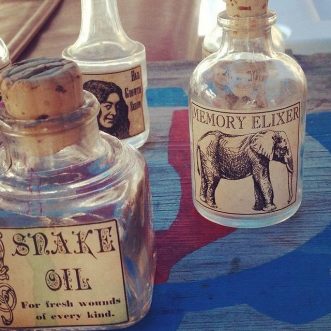
Staying in tune
Keeping your promise is hard. Because your Promise is always much larger than the product or service you deliver.
Remember, what people are really buying is a means of achieving at least some of what they really want – agency, mastery, autonomy, purpose, community, status. That’s what you promised them, and that’s what they’ll be looking for on your journey together.
So you need to keep delivery in tune with that promise.
If you’ve promised to make life easier for them, don’t ask them to go through a complicated sign-up process just to get started. Make everything around delivery as easy as possible for them. Above all, don’t make them jump through endless hoops if something goes wrong.
If you’ve promised to be approachable, don’t hide customer support details in some dark corner of your website. Make your business approachable. That might mean a 24-hour chatline on your website, or giving your mobile number to every client, or even allowing them to contact you in whatever way works for them. It could also mean empowering everyone in your business to deal with any enquiry.
If you’ve promised to be no-frills, basic, direct, make sure your all your communications match that – including how you handle problems.
Anything that jars with your promise undermines it. Everything in tune with it enhances it.
Why make a promise you can’t keep?








